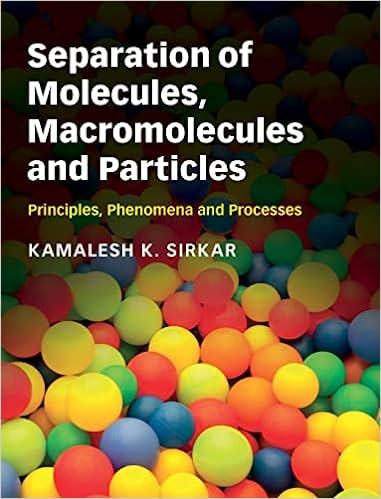Answered step by step
Verified Expert Solution
Question
1 Approved Answer
Your goal is to use the continous casting method to create a metal matrix composite. You have chosen graphite as the reinforcement material and Al
Your goal is to use the continous casting method to create a metal matrix composite. You have chosen
graphite as the reinforcement material and Alalloy as your metal matrix. To the variations in densities
between the reinforcing material and matrix, a coating application needed on graphite's surface. The
densities of the materials follow:
Matrix:
Reinforcement:
Coating:
Alalloy contains wt Si wt Mg wt Cu and rest Al The particles of graphite are
nonporous and spherical structures. The average particle size diameter of graphite is
In a crucible, the continous casting procedure will be carried out at You want to melt
alloy and add wt reinforcement material.
During the coating process, a solidtoliquid ratio ie solid to liquid with a solution of
will be used. The source of the coating process is and excess will be used.
solution and density will be added to adjust and the rest will be pure
density
Calculate:
a amount of graphite g added to the solution,
b amount of added to the solution,
c amount of solution or in the solution,
d amount of pure or : in the solution,
e the average thickness of the coating coated on h
f the Ni content wt after the slip casting process.

Step by Step Solution
There are 3 Steps involved in it
Step: 1

Get Instant Access to Expert-Tailored Solutions
See step-by-step solutions with expert insights and AI powered tools for academic success
Step: 2

Step: 3

Ace Your Homework with AI
Get the answers you need in no time with our AI-driven, step-by-step assistance
Get Started


